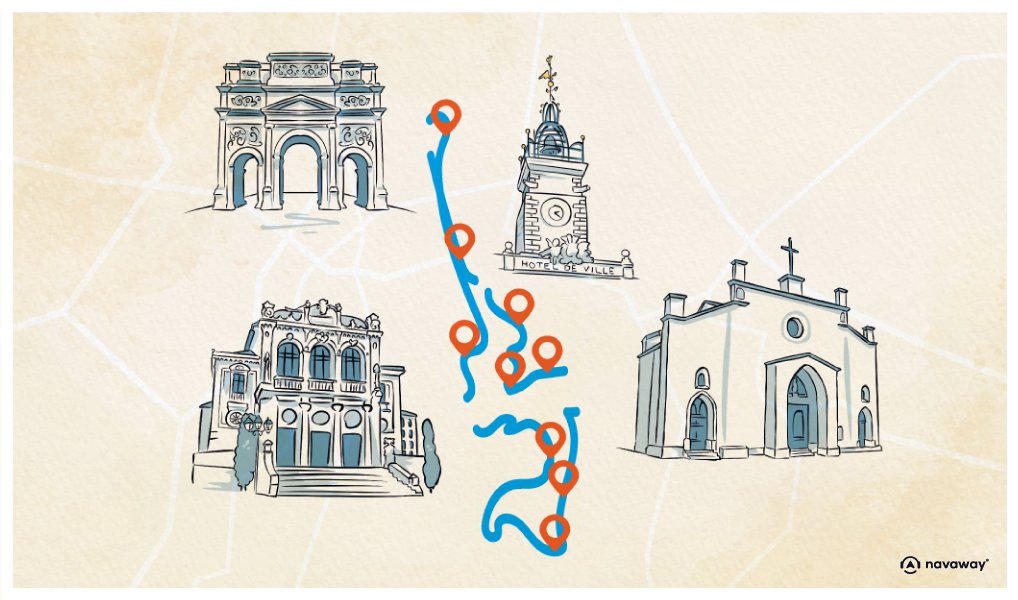
Triumphal Arch
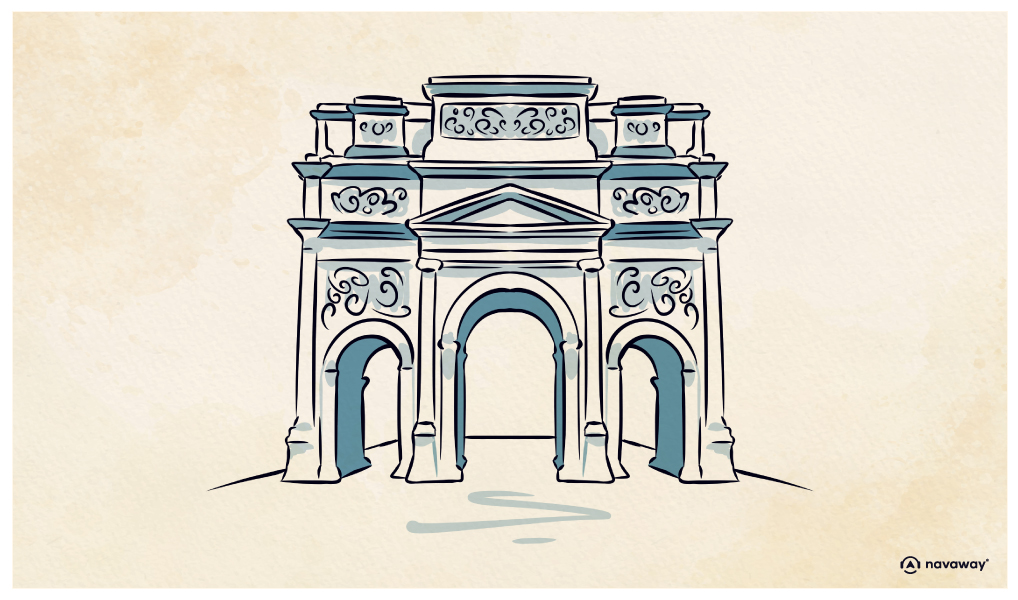
This point of interest is available as audio on the tour: Visit Orange, The City of Princes
Imagine yourself a Roman in the 1st century AD, arriving at the northern gate of Arausio along the Via Agrippa. You’re awestruck by this imposing, newly-built monument that stands as a symbol of Rome’s supremacy. Seeing this sublime arch, erected to commemorate the Gallic Wars, you even feel proud to be Roman. It’s actually dedicated to the veterans of the Second Gallic Legion who founded Arausio, aka Orange in Latin, and it celebrates the glorious deeds of the great general Germanicus, conqueror of the barbarian hordes. As a true Roman, you know that the Triumphal Arch stands as a passageway between the worlds of the living and the dead, thus symbolizing the ancient city. You’ve put on your best toga and sandals for the occasion – to cross the arch,that is. Little did you know that this monument would outlive you by at least 2 millennia! Here’s a short glimpse into the eventful life of one of the world’s oldest and largest Triumphal Arches. It’s believed to have been built between 10 and 27 AD. It was intricately carved and decorated with fine columns and panels depicting battle scenes between the Germans and the Gauls. The inscription leads us to believe that the arch was first dedicated to Germanicus, a celebrated Roman general, and later to Emperor Tiberius. He was the second emperor of the Roman Empire, following Augustus, his adoptive father. And just to refresh your memory, Augustus’ adoptive father was none other than Julius Caesar! But we don’t think of him as the first Roman emperor, but rather as a general who went on to become dictator of the Roman Republic. The Roman Republic began with the fall of kingship in ancient Rome and ended with the assassination of Julius Caesar. Okay, enough background info! Onto the Arch! Though beautiful and grandiose, the Arch was somewhat abandoned until the 13th century, and most certainly plundered during the many conflicts throughout the centuries. But a prince of Orange, known as Raimond des Baux, realized that it was solid and could still be very practical, and thus decided to turn it into a fortress! He built a keep on top of the Arch, bricked up the arches to create living spaces, and surrounded it all with moats and a massive wall over 4 meters high. It looked nothing like the beautiful Triumphal Arch built by the Romans, but at least it helped maintain the structure, while still protecting the city. Then, in the 16th century, this Arch Castle became part of the fortifications of the Castle of Orange. In 1660, Louis XIV had the entire thing demolished, except for the Arch. But this shouldn’t come as a surprise, considering the Sun King’s, aka Louis XIV’s, fascination with Antiquity. Later, the Arch would become the property of the city’s company of crossbowmen, who came to train there. It is said that they held an annual competition to determine the best marksman, who would then be declared king for a year. The arch eventually fell into ruin before being restored for the first time in 1824 by the great French architect Auguste Caristie. He removed all the medieval add-ons and restored the work to its former glory. More restorations followed, the most recent one being in 2021. This brings us to this marvellous UNESCO World Heritage site you see today! Take a look at the details of the frieze at the top, which goes on to cover all 4 sides of the monument. It depicts battle scenes between Romans and Gauls. The former can be recognized by their tunics and cuirasses, while the latter are shown naked with long hair. Above the small arches, you can see a jumble of shields, spears and helmets. On the upper panels, you’ll see ships’ prows, anchors, tridents and other elements, all symbols of Roman naval power. The shorter sides feature trophies framed by Corinthian columns. We’ll now head down the Avenue de l’Arc de Triomphe to reach our next point of interest. If you’re visiting in July or August, you can hop on the city’s free “Augustine” shuttles, running between the city center and the Triumphal Arch.


Discover Orange with app
An interactive guide through the most beautiful streets, squares, and districts
19 fun audioguides full of historical facts, anecdotes, and legends
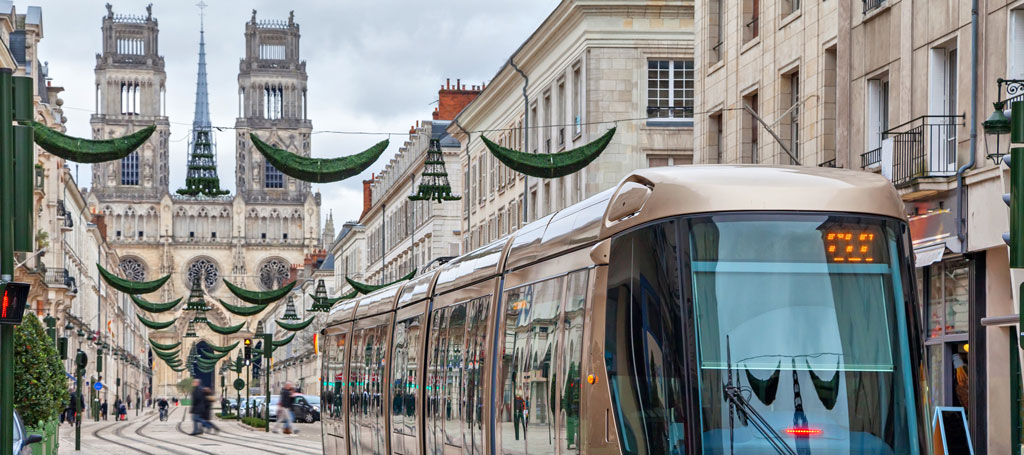
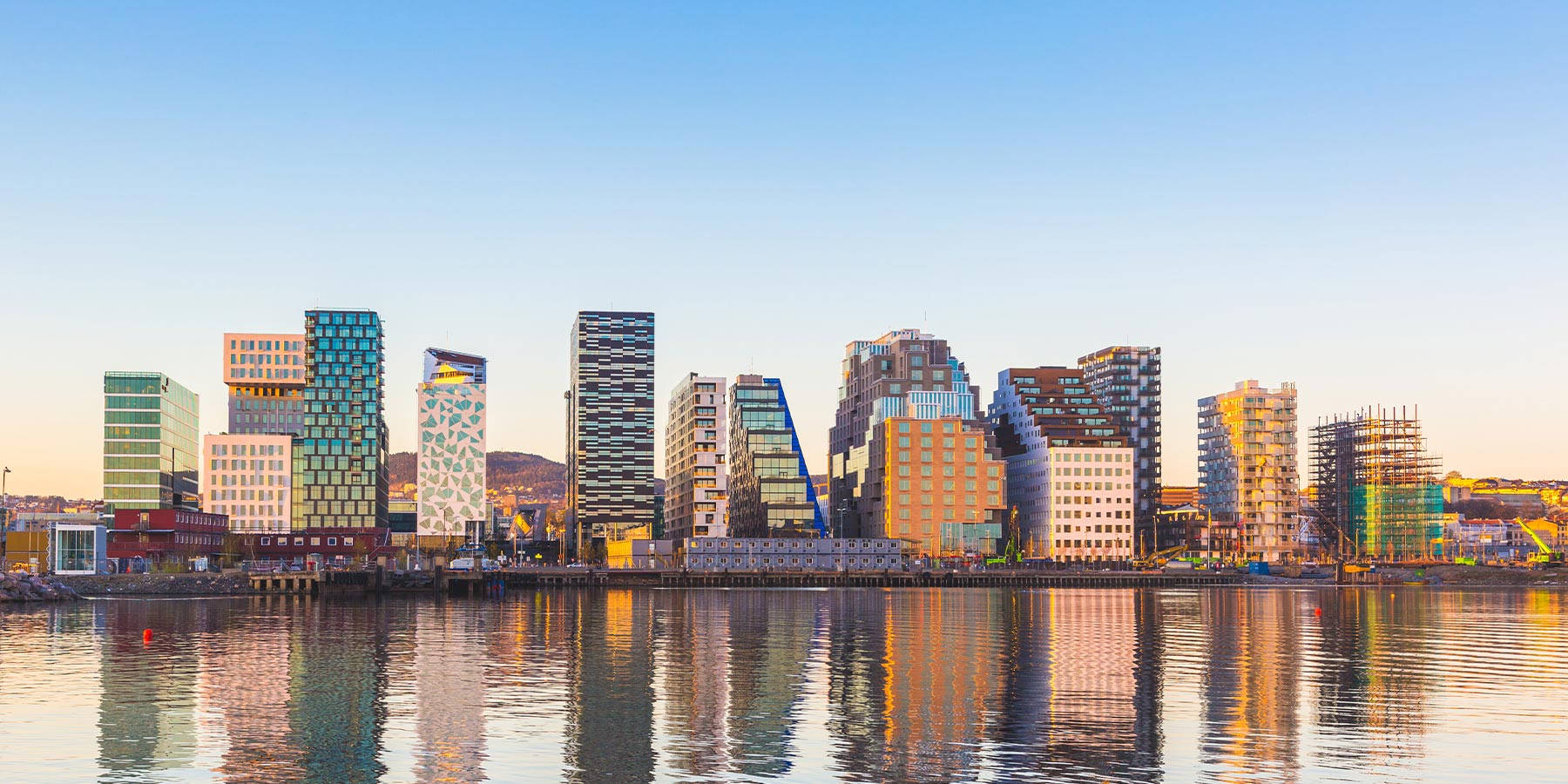
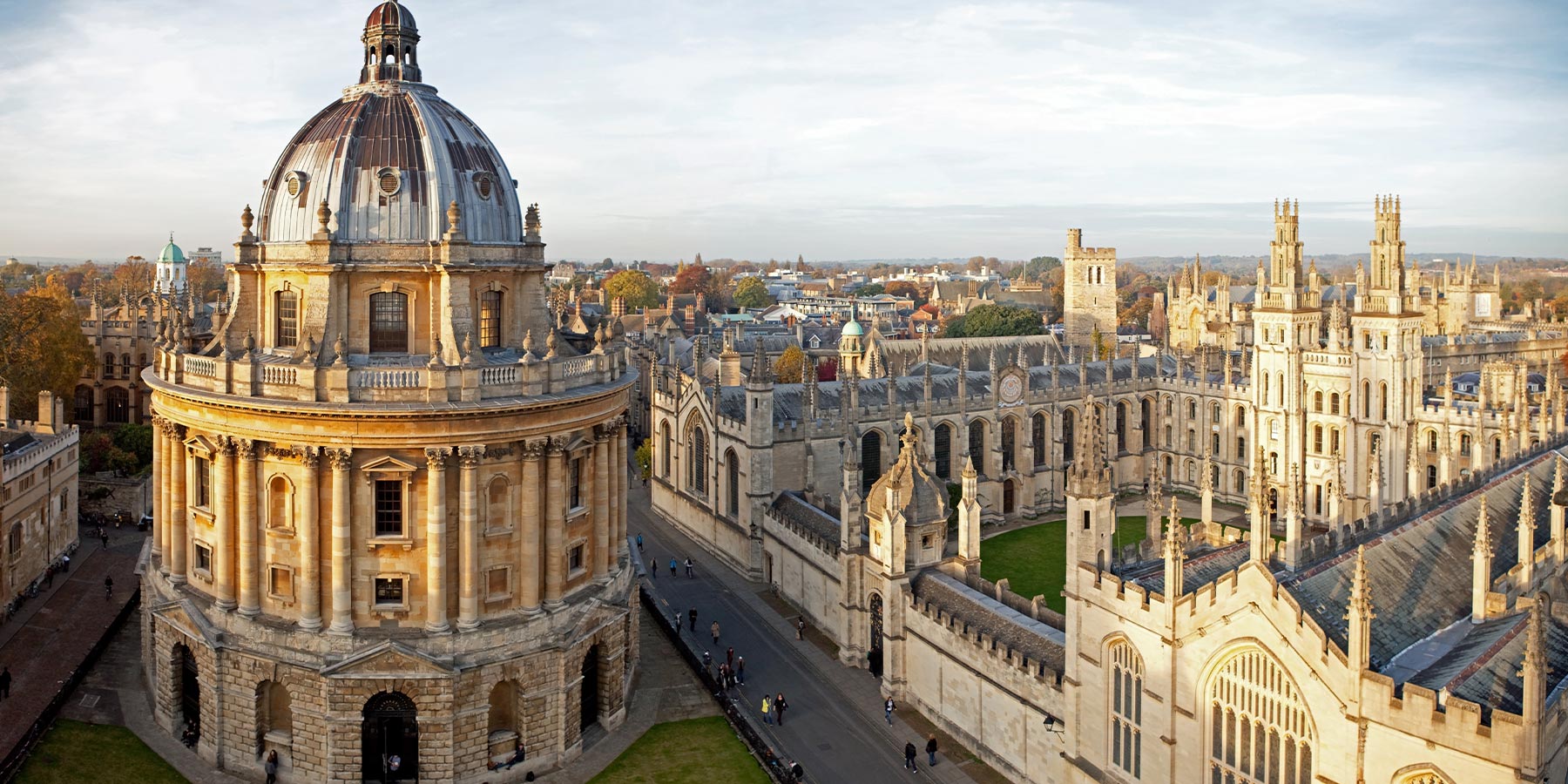


Comments